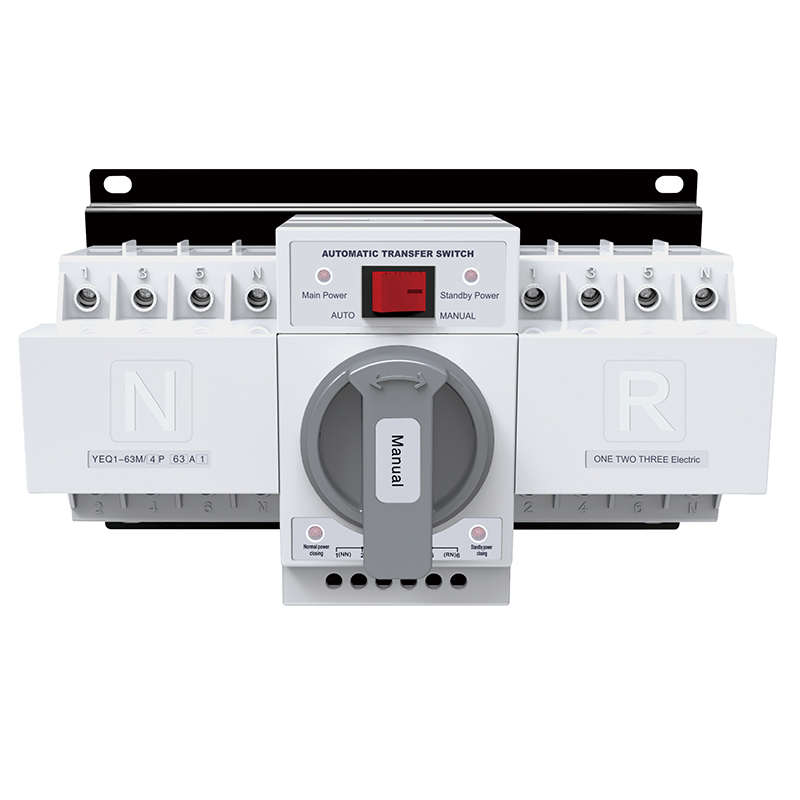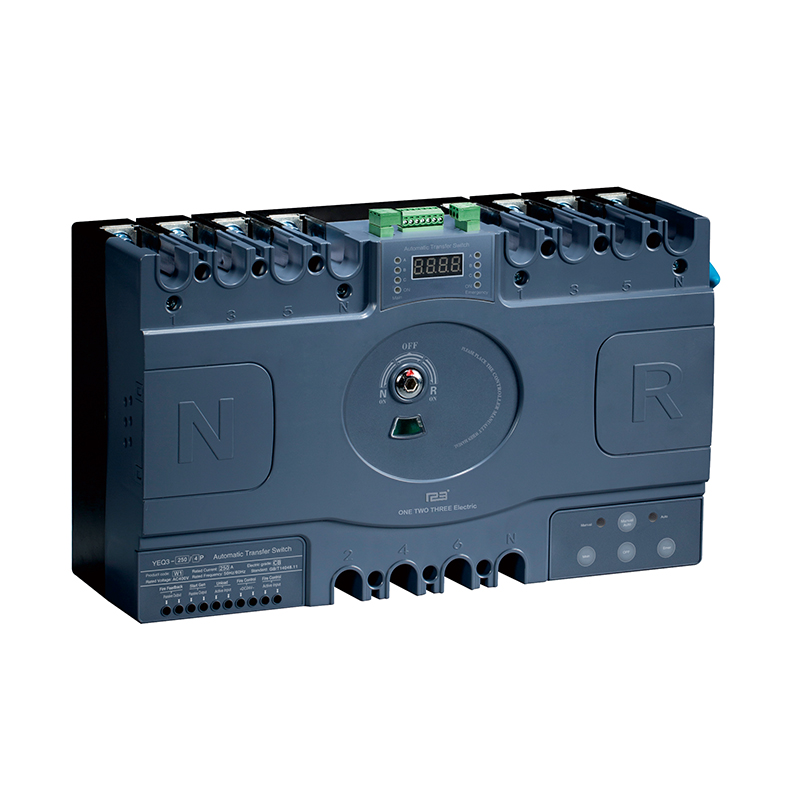Europe's fragile power supply system under the energy crisis
Electricity consumption in Europe is falling to levels last seen during the worst of the post-coronavirus pandemic, even as some countries need to further curb energy consumption to prepare for possible shortages this winter, according to an analysis of power data.
European countries are racing to conserve energy in the run-up to winter after Russian gas exports collapsed due to Western sanctions. Widespread outages at France's aging nuclear power plants have added to Europe's power squeeze.
To avoid forced blackouts during peak winter demand, EU energy ministers agreed at the end of September to reduce electricity use by 10 percent on a voluntary basis and promised a mandatory 5 percent cut during peak monthly periods.
According to data from the European Network of Electricity Transmission System Operators, local electricity consumption is now well below levels seen for the same period since 2015, hitting the lowest level since COVID-19 lockdowns crimped demand in April and May 2020.
Total consumption in Europe fell 4.3 percent in September compared with the average for the same month in 2015-2021, calculated from ENTSOE data.
Electricity consumption can fluctuate depending on a variety of factors, including unseasonally warm or cold weather, and the behavior of consumers and businesses. It can also reflect economic activity, with a drop in electricity consumption likely to provide real-time evidence of falling output.
Electricity consumption data for October suggest that if the trend seen in the first week continues through October, electricity use in the region could fall by as much as 10% or more.
However, the headline figures mask large differences between countries, with Slovakia's electricity consumption down 14.5 per cent from its long-term average, while Switzerland's was up 4 per cent. Switzerland is less affected by the crisis and gets 60% of its electricity from hydropower.
In France, where the government mandated electricity price increases of just 4 percent this year, electricity use fell 4.4 percent in September, while in the Netherlands, electricity use fell more than 10 percent as many Dutch energy companies announced price increases for October.
Meanwhile, grid load in Germany, Europe's largest electricity market, fell just 1% in September, though its role as a major transmission country could distort domestic consumption.
How to solve the short - term power shortage
The problem of electricity production in the European region will lead to the stagnation of the European manufacturing industry, and also lead to the surge in the cost of living for people. Besides, it will promote the rapid development of new energy power.
Because of the severe drought in Europe, the electricity production in Europe has been seriously affected. If Europe does not solve the problem of electricity production as soon as possible, the economic development of Europe will also be severely restricted.
First, there are power production problems in the European region, which will lead to the stagnation of European manufacturing.
It should be noted that in the development of the manufacturing sector, the use of electricity is essential. If there is a shortage of electricity supply, it will inevitably lead to the paralysis of manufacturing. Judging from the current situation, European countries cannot solve the problem of insufficient power supply at all. Therefore, I believe that the shortage of power supply will inevitably bring a serious crisis to the manufacturing industry in Europe.
Problems with power production in the region could lead to a surge in the cost of living for ordinary people.
Since people's life and work are inseparable from the use of electricity, once there is a long-term power production problem in Europe, the living cost of European people will inevitably rise rapidly.
After years of weak economic growth, any increase in the cost of living in Europe is bound to trigger strong discontent among European citizens and even a wave of large-scale protests.
The emergence of power production problems in the European region will promote the rapid development of new energy electricity.
Although the power production problem will bring considerable impact to the economy, it will also effectively promote the development of new energy power. If Europe wants to avoid the problem of insufficient electricity production, it must vigorously develop new energy power. Only by replacing the development of traditional power with the development of new energy power can it reduce its dependence on energy, which is of great significance for maintaining the economic development of Europe.
What is the short-term solution to the problem of power loss?
There is no doubt that generators are the only way to survive this crisis in the short term.
Today, diesel generators play a vital role in the power grid. In the current electricity environment in Europe, the power grid is very unstable and unreliable. When we think about large power stations that start with this process, different power stations work in different ways - some get their energy from fossil fuels, some get their energy from hydropower generated by DAMS, some get their energy from reactions generated inside nuclear power plants, and some get their energy from wind turbines. The most common ways to generate electricity are through water and the burning of fossil fuels. In some cases, however, these sources cannot be relied on, especially in emergencies when backup power is needed, which is where diesel generators come in. Diesel generators were used as backup power.
The generator acts as a backup power source
The primary generation process is an efficient process most of the time, but it is important to always have a backup power system in place to provide reliable and stable power to the equipment in the event of a power failure in the grid. At times, the grid can become overloaded, which is where emergency diesel generators help provide power to businesses, services and residential areas. Typically, diesel generators are used for periods ranging from eight to 24 hours when the main generation is down.
Diesel generators can run longer, but more than 24 hours means significant resources are needed to power them for that time.
Another use of diesel generators in the grid is to charge the grid at peak times. During this time, diesel generators will work alongside the main generation to ensure there is enough power.
Generators, as the main power source, can also be used in areas not connected to the grid. This could include construction sites or remote areas where power lines have not yet been established. When one diesel generator is not enough to supply the required amount of electricity, the diesel generators can be connected in parallel - this is known as synchronization. Syncing your generator will give you a larger power source.
How does a diesel generator work?
The diesel engine inside the generator generates alternating current by rotating the alternator. Most diesel generators spend most of their time in standby mode and often have features called transfer switches. When the main power supply is running well, the transfer switch is prohibited from connecting to the generator to prevent the generator from being overwhelmed.
When a diesel generator is used as the main power source, it is often described as being in "island mode".
Diesel generators are an important part of the power grid, and they help prevent massive power losses. While maintaining a primary source of power generation is critical, diesel generators can also be a reliable backup power option if needed. Many businesses and services also have their own backup diesel generators, and those not connected to the main grid will also use diesel power as their main source of power.
In the current power crisis in Europe, it is necessary for industrial enterprises to maintain normal operation and stable power supply. However, in the face of fragile European power, if there is no backup power supply from generators, the livelihood of enterprises will not be guaranteed. It is bound to bring a certain growth to the generator market.
Why are more and more companies buying diesel generators for the first time?
That's because more and more extreme weather events, power supply constraints, line failures or equipment upgrades have shown more and more of us just how much power cuts can be unacceptable. If you've ever lived without backup power, you know that not only is power lost when the grid goes down, your business can also face shutdowns and lost orders -- just the tip of the iceberg.
However, the right diesel generator can mean a constant supply of backup power so you don't have to shut down for lack of power during your next outage. Therefore, for many enterprises, diesel generators are the only choice.
Diesel generators are known for their reliability and longevity. Compared to many other types of generators, diesel generators are safe and relatively inexpensive to buy, supply, and repair.
What does ATS mean?
The ATS or automatic transfer switch can sense the main power supply and power quality. If the main power supply is faulty or below the set value, the ATS will signal the generator to power on. The ATS can also start the generator if one or more phases of the three-phase system are lost. When the power is restored, the ATS signals the generator to shut down.
When using a diesel generator, if the diesel generator is not equipped with ATS, the emergency backup power system is incomplete. The ATS automatic transfer switch monitors the power supply and automatically switches from the main power supply to the backup diesel generator and vice versa. This is a basic operation that ensures that your facility receives continuous power supply and does not cause any damage while the load is switched from one power source to another.
Without a functioning ATS, switching your load from one power source to another can cause many difficulties. If two power sources are connected at the same time, it may overload the circuit and the machine. The process of connecting two power sources can also create a reverse feed between them, which can cause damaging surges through the grid power lines and backup diesel generators. The ATS manages the power flow to protect the electrical system and maintain continuous power, whether it comes from grid lines or backup diesel generators.
The ATS continuously monitors the power supply and senses when the power supply to the grid is intermittent, low, or completely offline. When a deficiency is detected, it automatically turns on the backup power and then transfers the electrical load of your facility when the backup diesel generator is ready. After the switch, the ATS will continue to monitor the power supply to the grid lines, and when it detects that the grid power is available and stable again, it will again shift your power load to the main power source and shut down the backup diesel generator. All this has happened without any human intervention, which means that everyone can continue their normal business operations without interruption.
Manual transfer switches are also available. These do not monitor the power supply and switch automatically, but need to be manually operated. It is important to note that ATS is generally required as part of a backup diesel generator system for certain industries where personal safety is critical.
The primary way to classify ATS systems and determine the right one for you is to determine power requirements. Most ATS systems will be labeled with their amperage capacity. This means that if there are modifications to backup power capacity and requirements, the ATS must be updated to ensure that it can properly handle load size transitions.
Different ATS products will have different functions on top of their basic purpose. Some ATS systems can also control which base systems are powered by backup power to increase the running time of backup diesel generators. Some provide remote monitoring, while others record power events so that data on power transmission and generator performance can be collected.



